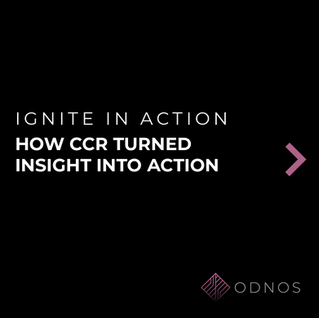Intersection 006
- Erin Wright

- 2 hours ago
- 2 min read

At some point in our careers, we’ve all heard the promise.
That upcoming change — a new tool, a new process, a new platform — is going to be transformative. Thrilling, even.
And then... it isn't. No magic. No thrill. Just another thing to work around.
We can't assume to know what our teams or employees need just because we've mapped their processes, reviewed the data, or talked to a few SMEs.
Because designing without real feedback is just guessing. And guessing gets expensive, fast.
The Myth of the SME
SMEs are great, but what percentage of your employees or audience do they actually represent?
They might know the ins and outs of how things work (on paper and in practice), but they’re not always representative of the broader employee or customer experience.
If your SME knows how to do it “the right way” but everyone else is phoning it in, who are you really designing for?
So ask yourself: are you being inclusive or just hearing the voices you want to hear? To be clear, we’re not saying don’t talk to your SMEs. We’re saying: don’t only talk to them.
Inclusion is a Design Principle
This doesn’t have to be complicated.
Often, the biggest shift toward inclusion starts with the simplest gesture: asking.
There’s real power in simply being asked. When people feel included and feel their voices shape what’s being built, they’re more likely to adopt it, advocate for it, and help others use it too.
It’s not just about better outcomes (though you’ll see those, too). It’s about ownership.
Because people don’t resist change. They resist feeling like change is being done to them.
Inclusion in Practice
A few small shifts can go a long way:
Include surveys or ways for larger groups to give quick input during discovery. Use that feedback where you can, then reference it during training.
Invite feedback early, not just during UAT and training.
Don’t just ask what people do. Ask why they do it that way.
Bring users in before the solution is fully built.
Test with real scenarios, not just ideal ones.
Let’s Talk
Want to bring inclusion into the way you design your next platform, process, or initiative?






